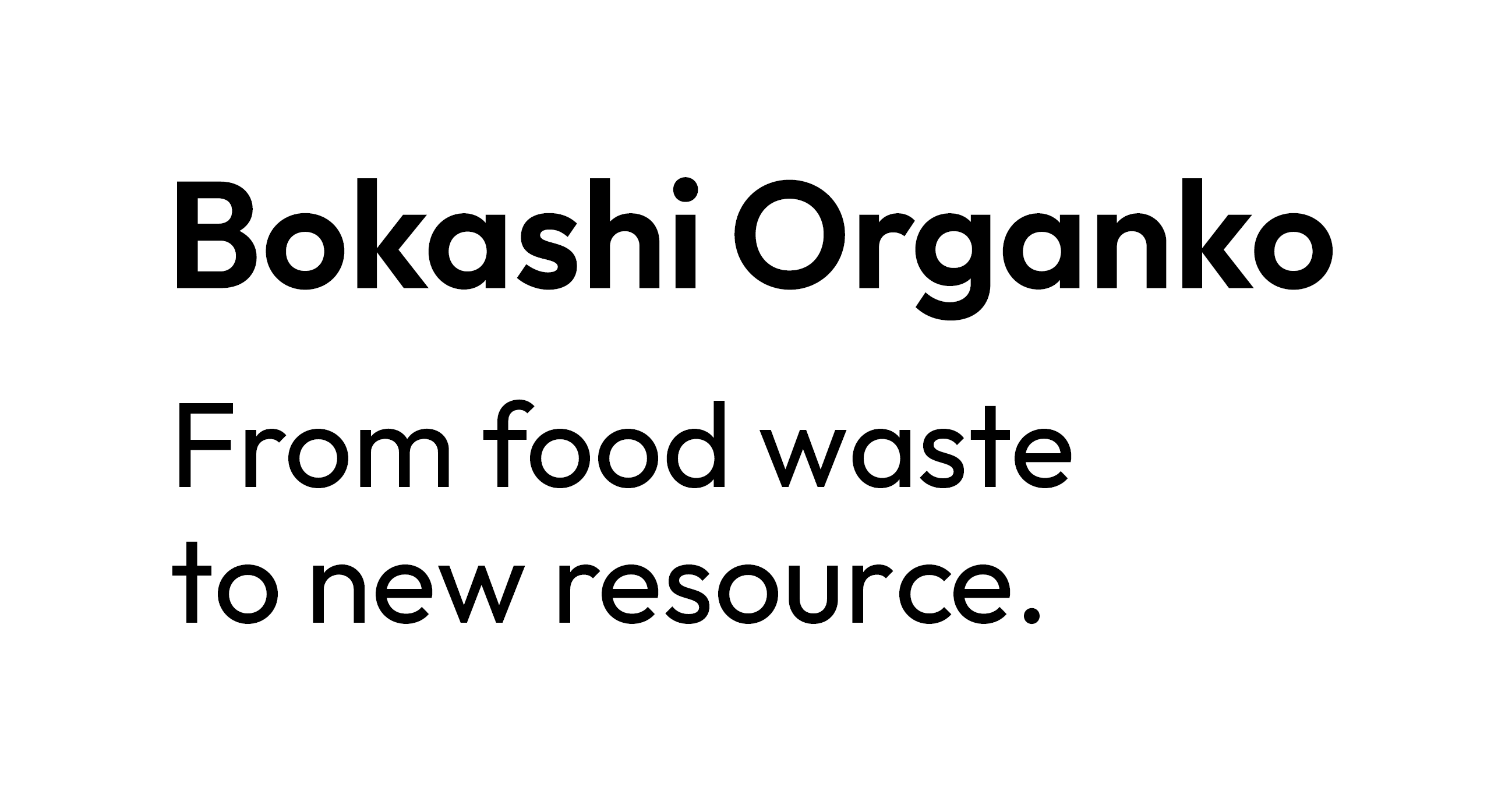Living a sustainable lifestyle is one of the keys to ensuring a bright future for our beautiful planet. Moreover, there are many aspects to sustainable living; however, we will focus on properly managing kitchen waste. As such, every household should adequately separate their waste, including responsibly managing organic waste. The latter is where the bokashi method has proven to be the most optimal solution. It offers a very clean and practical way of managing organic waste indoors. As such, the bokashi method is also the leading solution for urban dwellers to reduce organic waste and keep it in the loop.
However, despite the fact that this awesome answer to kitchen waste handling has existed since ancient times, most people have never heard of it. Thus, we want to address 13 things about the bokashi method you should know. By knowing these facts, you will be able to make an informed decision and hopefully contribute to proper organic waste management yourself. And also help spread the word. Together we can make a difference!
The bokashi method - the best solution to organic waste management
The bokashi method is typically referred to as bokashi composting; however, it is, in fact, a fermentation. The latter is an anaerobic decomposition mechanism (no oxygen should be present) of organic material that promotes life. On the other hand, traditional composting is an aerobic decomposition, which means it uses oxygen.
Many people think that the bokashi method produces compost. However, this is not true. The result of a successful bokashi fermentation is the pre-compost mass, also known as Bokashi cake or fermented mass. The latter can be mixed with soil or a traditional composting pile to turn into compost.
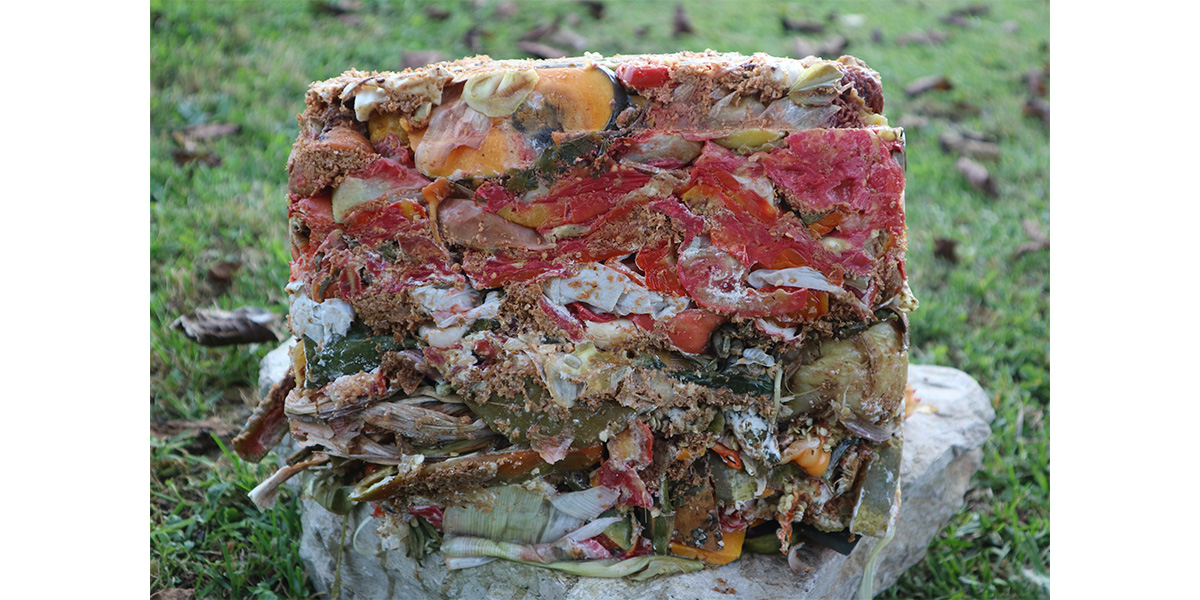
Many individuals are staying away from using the bokashi method because they are afraid of the bad smell. However, when the process is taking the right course, it has a specific natural smell that doesn’t smell like rotten food. Moreover, since bokashi composting is an anaerobic process, it takes place in an air-tight container, such as Bokashi Organko, which also contains the smell.
Since the bokashi method is most commonly known as bokashi composting, people tend to connect it with insects, worms, and other pests. However, that is also a myth. Bokashi composting is air-tight and thus very clean, which means it doesn’t attract pests. Though, it is important to use a high-quality indoor composter that enables you to remove the bokashi liquid and ensure air-tight conditions easily.
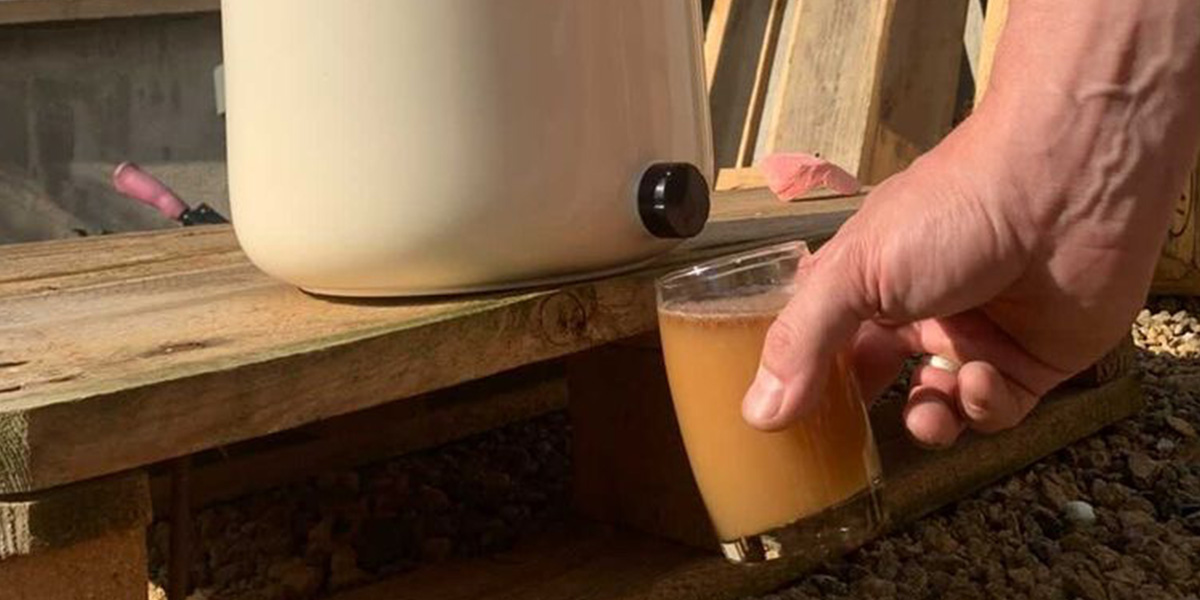
Oftentimes people don’t use bokashi fermentation to manage their organic waste because it requires some initial investment. As such, it is important to understand why this investment makes sense. In theory, you can start bokashi composting with any cans that offer air-tight conditions. However, you also need to ensure that the bokashi liquid can easily be removed. As such, it can save you a lot of hustle and unnecessary mess to invest in proper bokashi fermentation bins from the start (for efficient use, two bins are recommended).
With the use of proper bokashi bins, you get to reduce the volume of organic waste by 25%, produce an organic fermentation liquid, and create a high-quality pre-compost mass. Luckily, with our kitchen composters, you get to tick all those boxes with ease.
The bokashi method is superior compared to classic composting. It has better efficiency, is suitable for a wider range of organic material, doesn’t produce CO2, is cleaner, is very suitable for indoor organic food management, and much more.
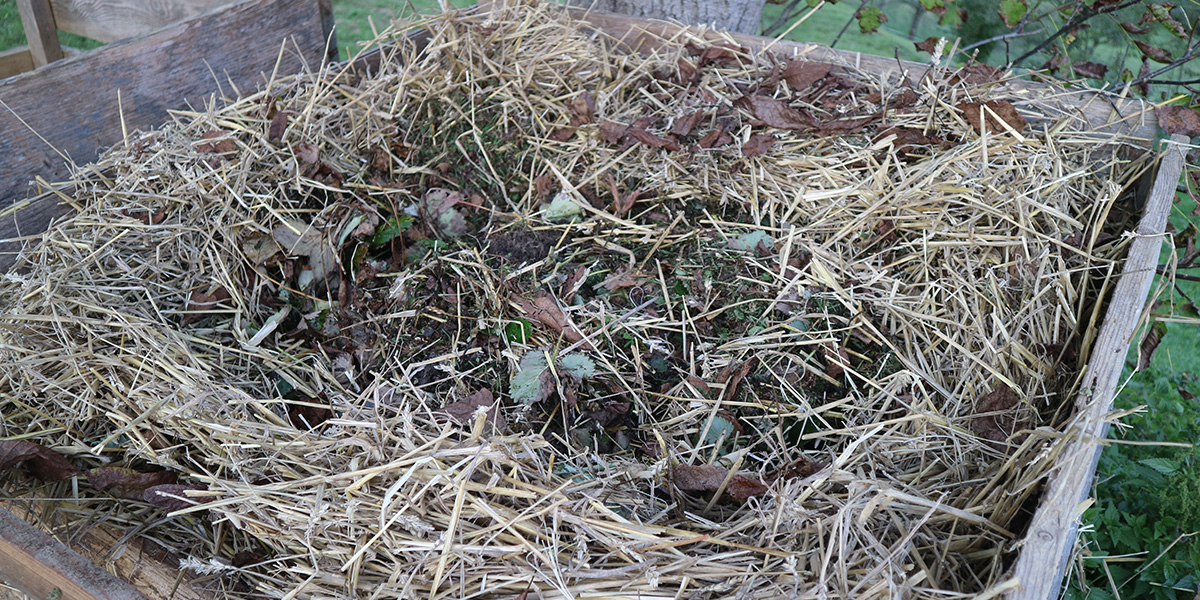
Many people think that bokashi composters are only for gardeners. That is not true. Even if you do not use the bokashi fermented mass, you contribute to the volume reduction of organic waste. Moreover, you can use the bokashi liquid to clean your drains. As such, every household should engage in Bokashi composting.
Another common misconception about the bokashi method is that it cannot be used during winter. So, what happens with bokashi composting in winter? Since bokashi composters are mainly intended for indoor use, they are automatically exposed to the optimal temperature (24°C). As such, they can be normally used during the colder parts of the year. Of course, as the soil is taking its rest, you will not be using bokashi cake. However, you can still dig the fermented mass in the soil or your outdoor compost. The process will automatically proceed as the soil gets warmer.
Since bokashi fermentation requires air-tight conditions, it is best to avoid opening a bokashi bin more than once per day. As such, the use of an ultra-practical organic waste handling bin is in order - Organko Daily. This state-of-the-art piece of recycled plastic enables you to handle all your kitchen waste neatly and get the most out of your Bokashi Organko.
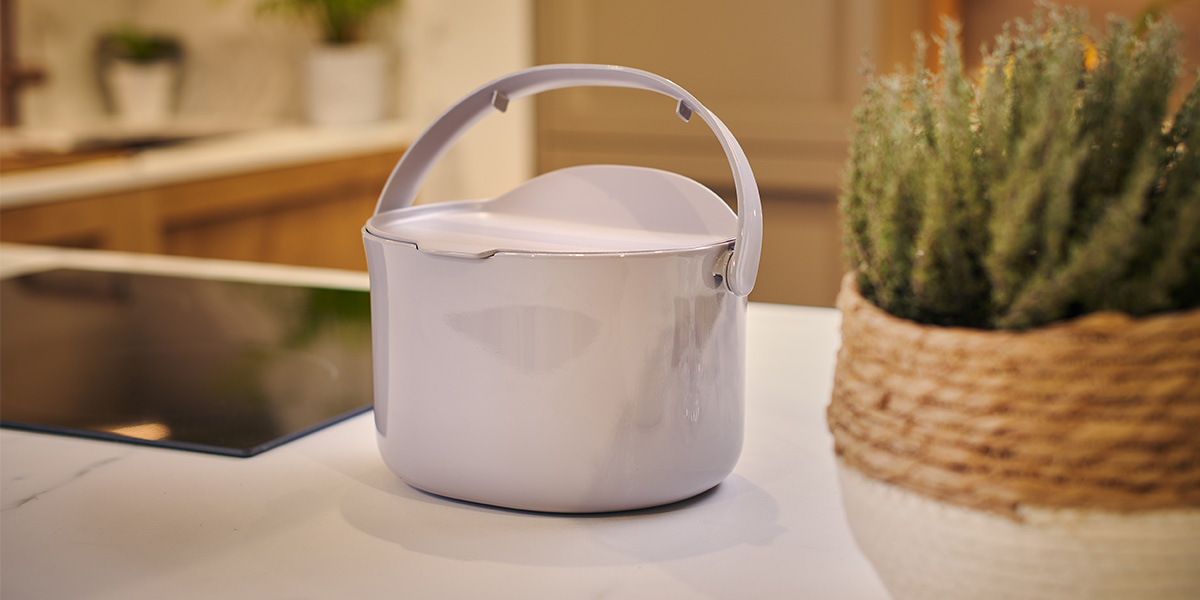
In order to get the most out of bokashi fermentation, it is recommended to use some sort of fermentation starter. Bokashi bran is the common go-to option. Simply add about 20ml of bokashi bran on top of every batch of fresh organic waste added to the bin for the most optimal conditions.
The key to proper fermentation are effective microorganisms (EM), also known as beneficial microorganisms. The latter is naturally present in the organic material. However, to ensure that their numbers are sufficient, fermentation starters are used. Moreover, EM products are one of the solutions for eco-friendly households.
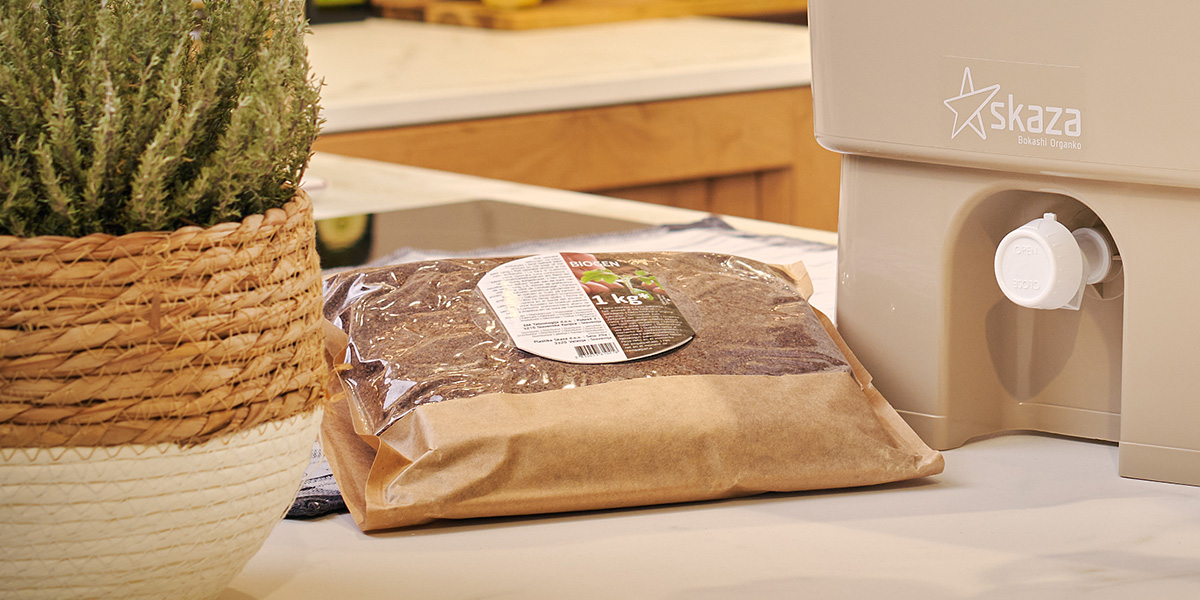
Effective microorganisms consist of mixed cultures of tiny organisms. They include lactic acid bacteria, yeasts, photosynthetic bacteria, actinomycetes, enzymatically active fungi, etc. By carrying out specific chemical processes, they maintain ecological balance. Thus, EM have many beneficial impacts on plants, animals, and, nonetheless, human beings.
Final thoughts
We hope you found some of the 13 things about the bokashi method presented above interesting. Hopefully, you will also find enough willpower to implement proper organic waste management yourself. To make things as practical and as neat as possible, we encourage you to give Bokashi Organko and Organko Daily a try. Nonetheless, keep in mind that everyone counts and that if we all make an effort, we can make a huge positive impact. We got this!

